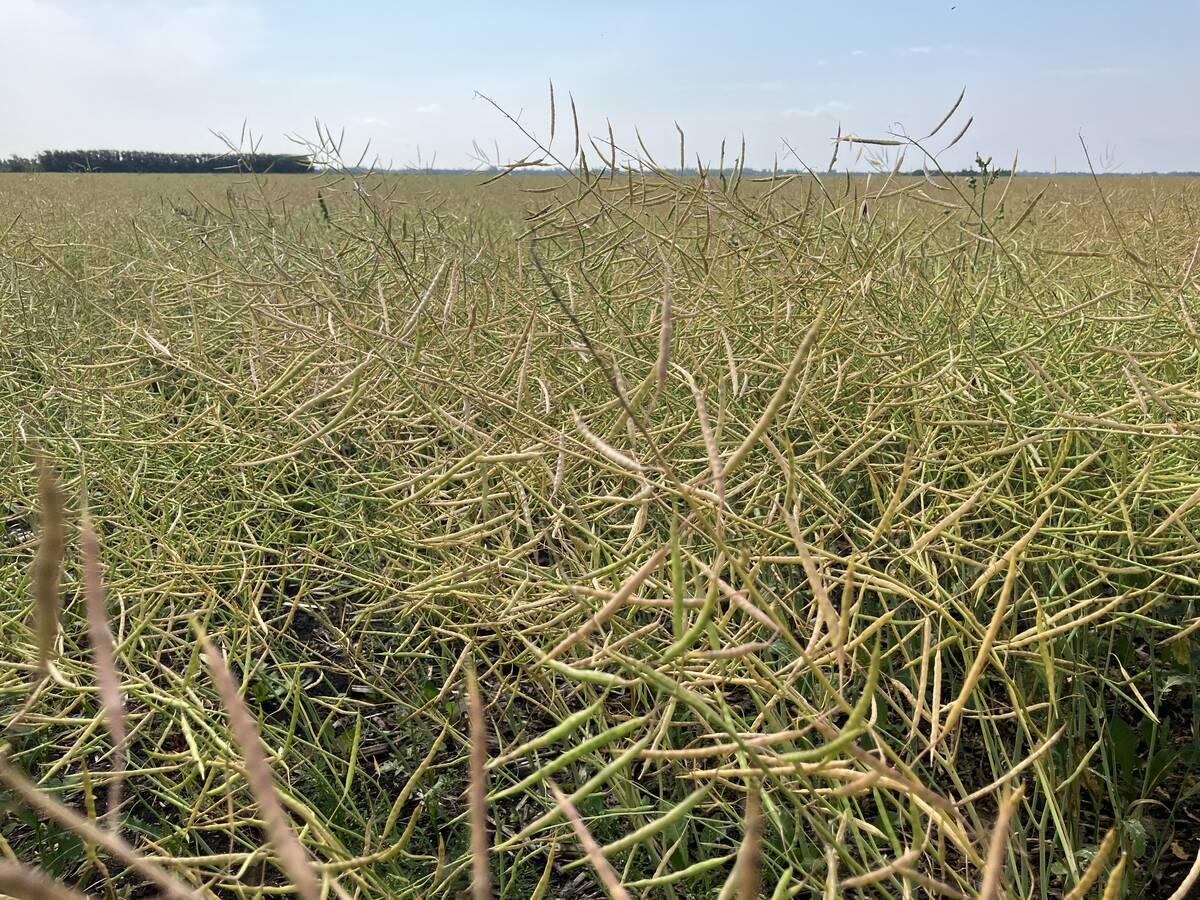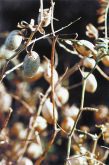REGINA – Where’s the canola?
That’s the question some Saskatchewan canola growers are asking as this year’s harvest comes off.
Despite earlier predictions of huge yields, some farmers have reported disappointing crops.
Economist Dave Boehm, from the provincial agriculture department, estimated more than 60 percent of the canola crop might be combined but it’s still too early to conclude yields are poor.
“Yields appear to be above normal, but not record,” Boehm said. “We expected the crops to be average to above average, and that’s what the numbers are saying.”
Read Also

South American soybeans will have less impact on canola
South American production will, as usual, affect the global oilseed market, but Canadian canola is on the outside looking in until it can get China back or find alternative buyers.
Boehm said different yields are showing up, depending on the region of the province and the type of canola grown.
“Even in the last couple of years, farmers from one region to another saw considerable variations. We look at one region to the next, we have to look at cropping practices, we have to figure out why the yield differs.”
Doug England, provincial oilseeds specialist, said while there still is some disappointment in yields, some of the later crops are better. “We’re expecting good quality, but the volume will be hard to pinpoint. There will be quite a wide variation in yields.”
England expected to see canola yields meeting the long-term average or down slightly.
Provincial crop specialist Ken Panchuk agreed some farmers are unhappy. He pointed the finger at nitrogen availability and shallow rooting as two of the main culprits.
“In very general terms, nitrogen was in lower levels than previous years due to very heavy crop residues from the previous crop,” Panchuk said. “When the crop is growing in these stubble fields, the decomposing straw used nitrogen in competition with the crop, so farmers needed to apply 20 to 30 pounds of extra nitrogen just to fill the needs of the decomposing straw.”
He also said wetter soils increased the conversion rate of nitrogen in the soil gaseous nitrogen.
Shallow rooting was caused by lots of moisture close to the surface early in the growing season, he said.
“When the heat hit the third week of July, the roots couldn’t meet the plants’ needs for moisture, so the plants started to ripen earlier than normal.”
He also cited sulphur deficiency as a possible cause. “In our lab, we had quite a number of canola samples that showed severe sulphur deficiency.”
Les Henry, professor of soil sciences at the University of Saskatchewan, said sulphur deficiencies are possible because “the balance between having enough and not having enough is finer than for other nutrients.”
He said he was not aware of a widespread lack of sulphur in the province. Most often, sulphur deficiencies occur in the grey bush soils in northern areas and in sandy areas in the black and transition soils.
Henry said most canola growers are aware of problems a lack of sulphur can cause and include it with nitrogen and phosphorous in fertilizers.
“In the Nipawin area, for example, I don’t think anybody would plant canola without the sulphur.”
He agreed there was a nitrogen deficiency this year, and said that will lead to lower protein levels than usual in some crops.
Panchuk said sclerotinia was fairly widespread, but any yield reduction it has caused will have to be judged on a field-by-field basis. Blackleg and blackspot also caused problems.
“And of course, you can’t forget the bertha army worms. Watch for bertha in 1995. Starting about the middle toward the end of June, you should be looking for larvae.”















